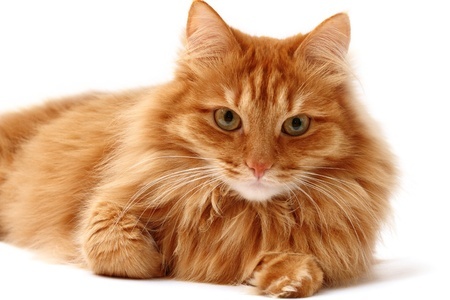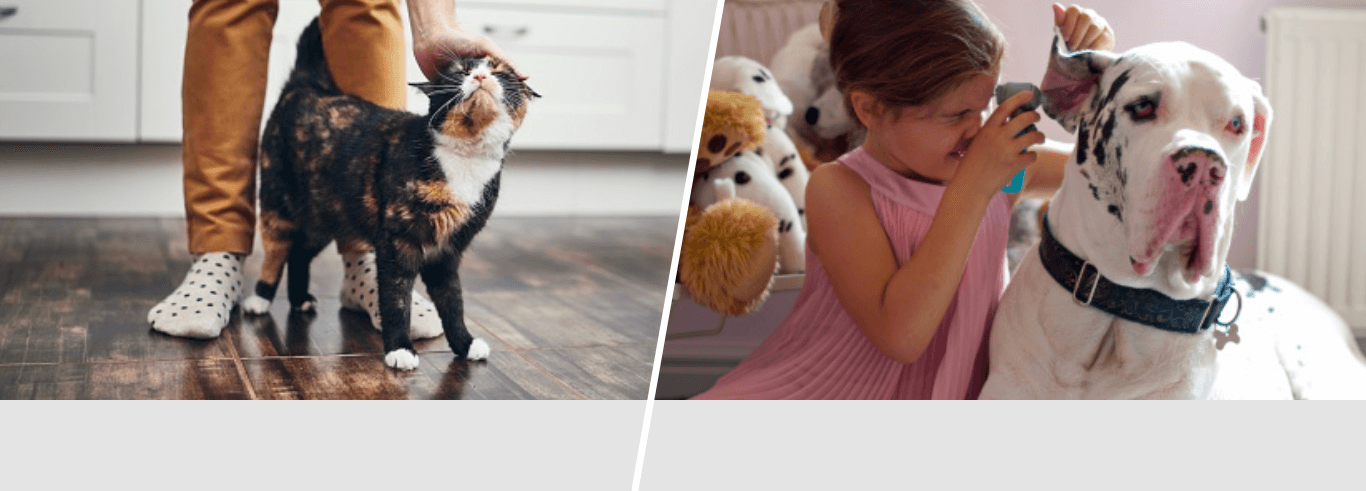Cat health problems: Is my cat healthy?
If your feline friend is feeling under the weather, they will try and let you know – you’ll be the first person they’ll turn to.
Below you’ll find out how to spot the difference between a healthy and unhealthy cat – and know when they need veterinary care.
Coat
Felines are very particular about cleanliness and this will show itself in their personal grooming. Generally, your cat’s coat should be clean, shiny and soft as they will spend hours getting it looking just so.
If it becomes clumpy, matted and dull, this is cause for concern. Combined with dry and flaky skin, it’s a sign that your cat is unwell. If your cat starts to lose more hair than usual, make an appointment with a vet.
Appetite
As you’ve probably noticed, your cat will rarely turn down a meal. Cats are renowned for their good appetite. As a result, one of the most common symptoms of illness or injury is a diminished appetite.
If your cat hasn’t eaten anything for 24 hours, or has had a reduced appetite for a period of two or three days – you should speak to a vet.
It’s also important to ensure that your cat doesn’t put on too much weight, as it can lead to more serious conditions in the future. You can help keep your feline’s weight under control by spending time playing with it.
Mouth
Following on from eating, next up is your cat’s mouth. If your cat is healthy, its gums should be salmon pink, its teeth clean and its breath fresh.
You can play a major role in keeping your cat in good shape by brushing your cat’s teeth three times a week to prevent the build-up of tartar. This can be a bigger problem in older cats.
While it’s usually pretty easy to spot bad breath, you might not realise that it’s a cause for concern. It can suggest that your cat is suffering from any number of things, including gingivitis and digestive problems.
Eyes
When healthy, a cat’s eyes are bright and clear, hence why they have given their name to the reflective safety devices found on the road.
If you spot any cloudiness, discharge or redness – or your cat is pawing and rubbing them, that could be indicative of illness. While some breeds are more prone to eye discharge than others, it’s still important to seek advice from a vet as soon as possible.
Ears
Ear infections are quite common in cats, and other domestic animals. The most obvious symptom is scratching of the ears and shaking of the head, but this could also be a mite infestation. If your cat is displaying these symptoms, make an appointment with your vet.
If you’re worried about your cat’s health, it’s important to protect them with Argos Pet Insurance provided by Pinnacle Insurance Ltd. Explore our cat insurance policies today.
 Sorry, our lines are now closed
Sorry, our lines are now closed




